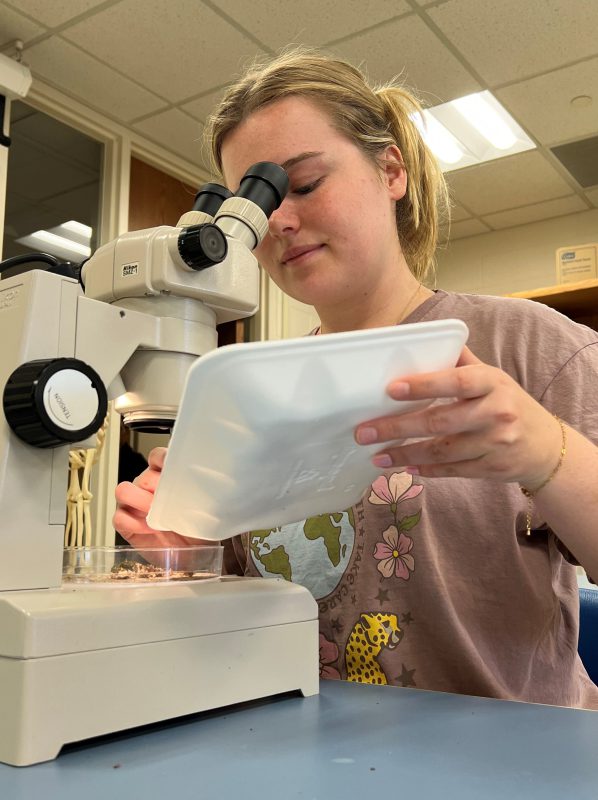
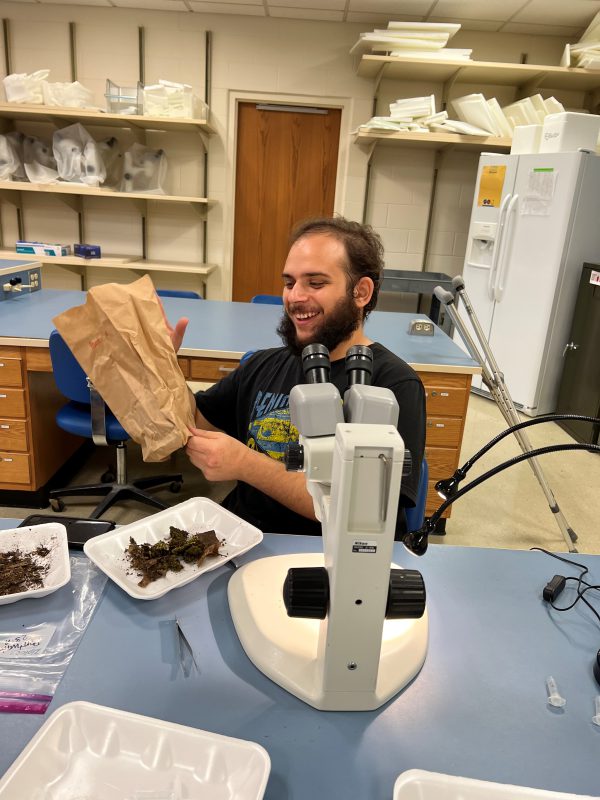

The next time you visit Kalamazoo College’s Lillian Anderson Arboretum or the Armintrout-Milbocker Nature Preserve in Allegan, Michigan, think about what you might be stepping in—but not for the reasons you might think.
There are land snails in the area, as small as 2 mm in diameter, which are endangered thanks to deforestation and pollution. Fortunately, Georgios Gkolois ’24 and Emily Haigh ’24 teamed up this summer to collect and examine some of them as a part of their Senior Integrated Projects (SIPs) while researching what can be done to help the species in decline.
To the naked eye, the snails can appear to be the tiniest specs of dirt. Yet the snails are important to the ecosystem, aiding decomposition processes by eating fallen logs and leaves. They also glean calcium from their food, concentrate it in their shells, and pass it up the food chain as they are consumed by predators. Haigh warns that if the snails decline further, the impact eventually would affect humans, because as the environment suffers, so do we.
“I’m planning to go to med school one day, but I have always been passionate about the environment,” Haigh said. “I’ve always wanted to be outside, and I thought this would be a cool way to explore environmental biology before I put my life into medicine. I’ve learned a lot about the importance of even the smallest, tiniest, most microscopic creatures because the little guys can still have a big impact on everything.”
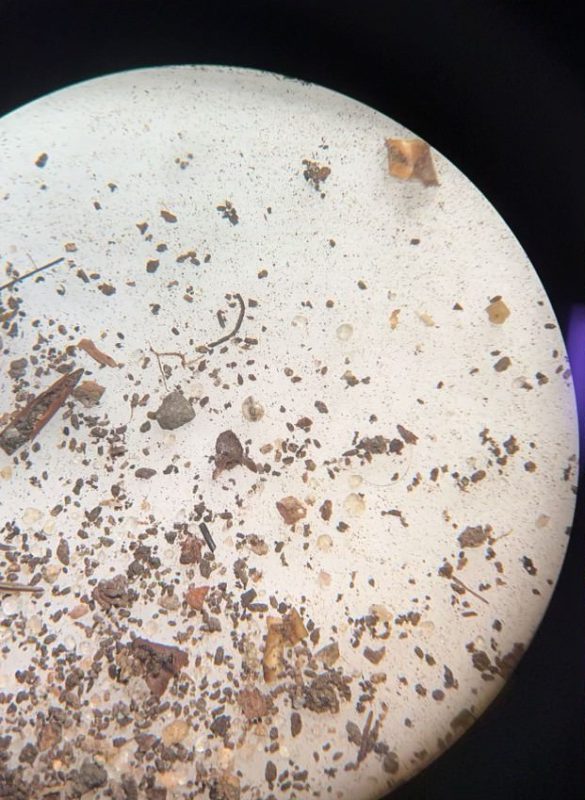
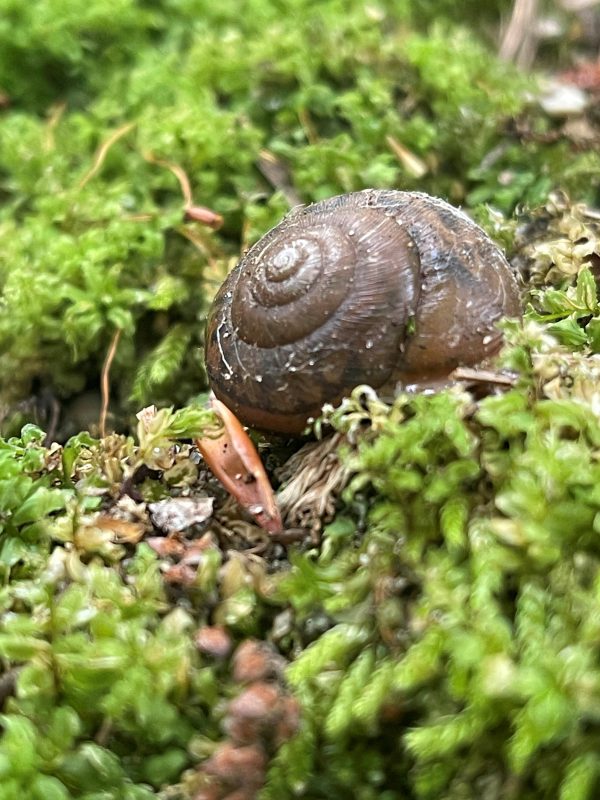
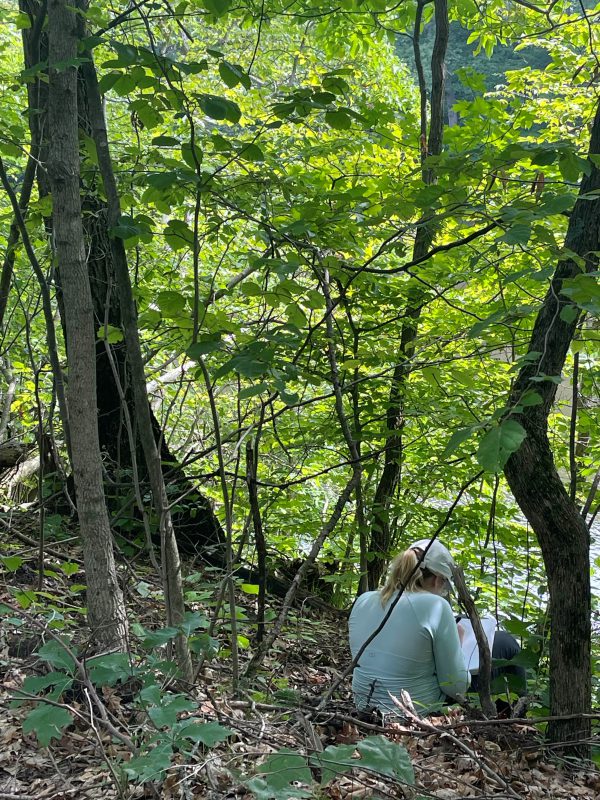
Gkolois was relegated to a lab role this summer after breaking his ankle a matter of days before their fieldwork was scheduled to start. However, the misfortune provided a clear method for the partners to share their workload with Haigh in the field and Gkolois in the lab. First, Haigh collected samples through leaf litter in the natural areas, especially near fallen trees, under living trees and near moss. Later, in the lab, the samples’ moisture was removed through heat before Gkolois sorted the snails by examining them through microscopes.
“It seems amazing that a piece of log could be such a diverse community where we could find microhabitats,” Gkolois said. “While we were sorting, we saw snails that were as small as a grain of sand. A lot of people would think they’re insignificant and ask why we care about them. That just got me thinking that I wanted to know more about them.”
Professor of Biology Binney Girdley, serving as their SIP adviser, and zoologist Ashley Cole-Wick, a Michigan Natural Features Inventory conservation associate, worked with the students to shape the project as Gkolois and Haigh developed their SIPs.
“I’m looking into relationships between the volume of decomposing wood and the state of decomposition to the amount of land snail abundance and diversity,” Gkolois said. “Basically, I’m looking at categories of freshly fallen wood and live trees, intermediately decomposed logs and completely decomposed mulch. I want to find out what the snails like most.”
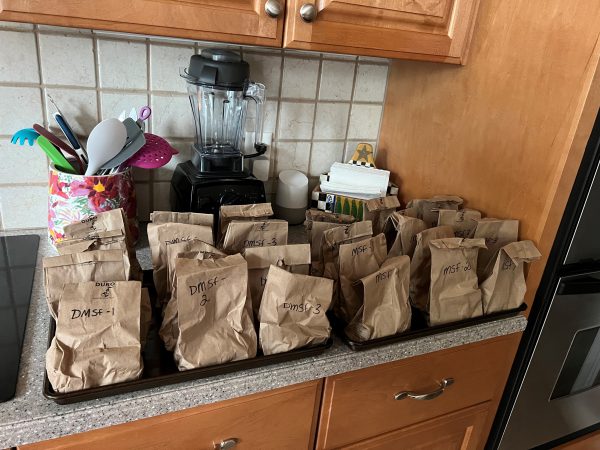
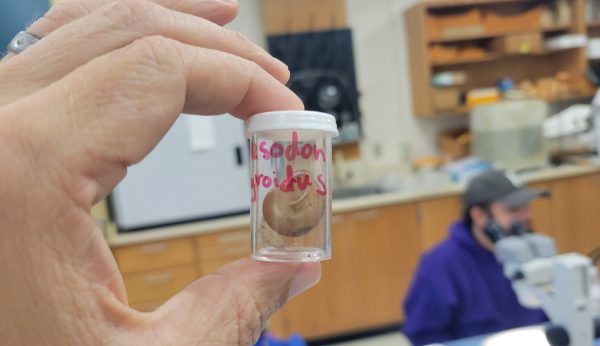
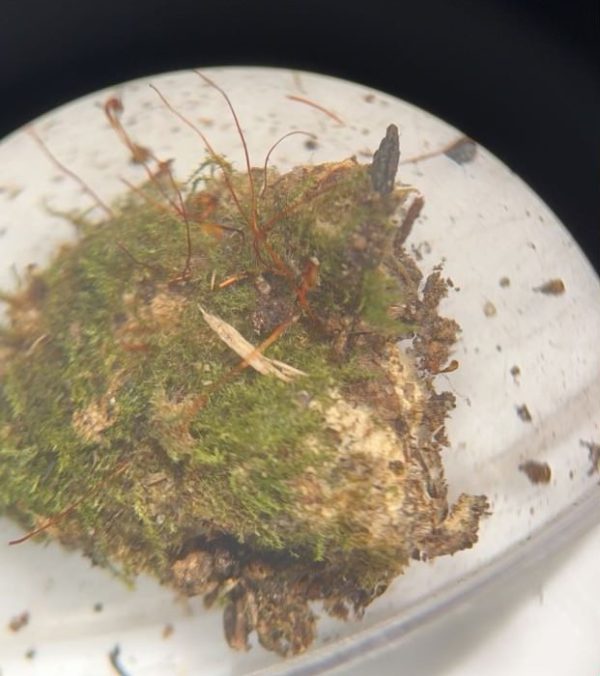
Haigh’s project differs slightly. During her field work, she wasn’t looking for levels of decomposition as much as she was for similar plots of land on a slope within about 25 meters of the Kalamazoo River to compare natural communities and find the areas where snails are most likely to be.
“I’ve learned a lot about conservation as a whole, especially animal conservation,” Haigh said. “I’ve learned about the importance of even the tiniest, most-microscopic creatures because these tiny guys can still have a big impact on everything. It taught me a lot about the environment and the impact we have on it.”
Because of their research, Gkolois and Haigh have calls to action for people who want to learn more.
“A lot of times people will remove pieces of logs from land without realizing they’re habitats for a lot of organisms, and not just land snails, but other micro-invertebrates.” Gkolois said. “My advice, as a result, would be to maintain awareness of such situations when managing land.”
“On the topic of conservation, we’ve been writing literature reviews for our SIPs,” Haigh said. “In that, I’ve found a lot of information on the habitats and variables that impact the snails. I think understanding what goes into the land snail communities and their ability to survive is an important factor in better conserving them. We want to make sure these little guys are here to stay.”

